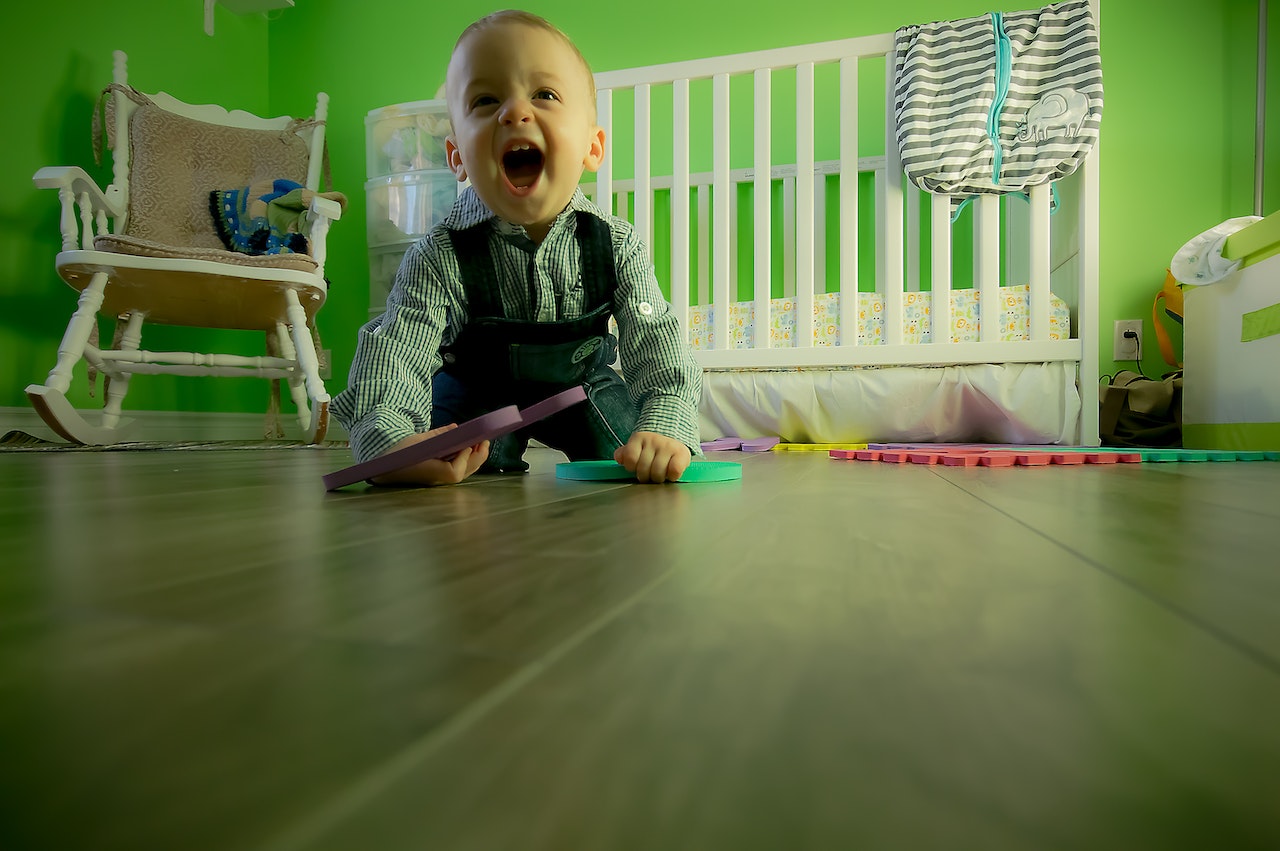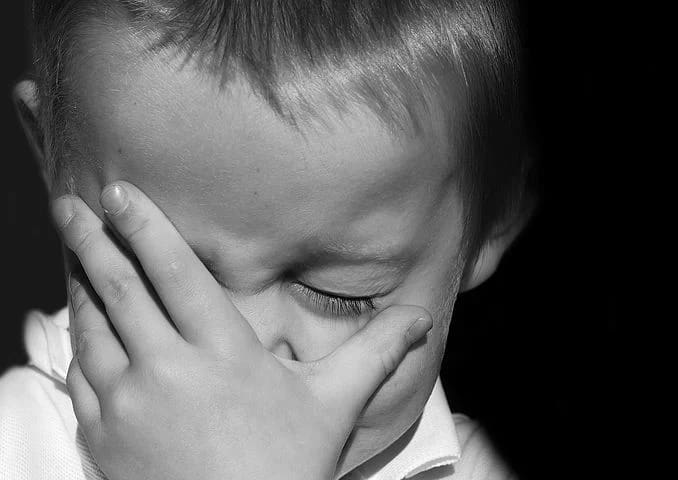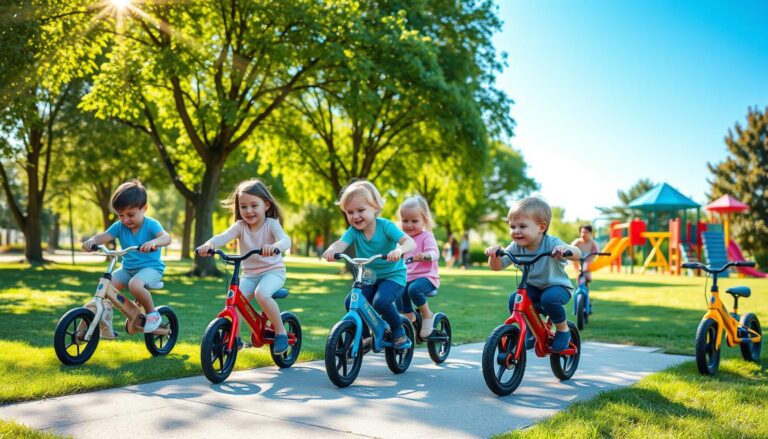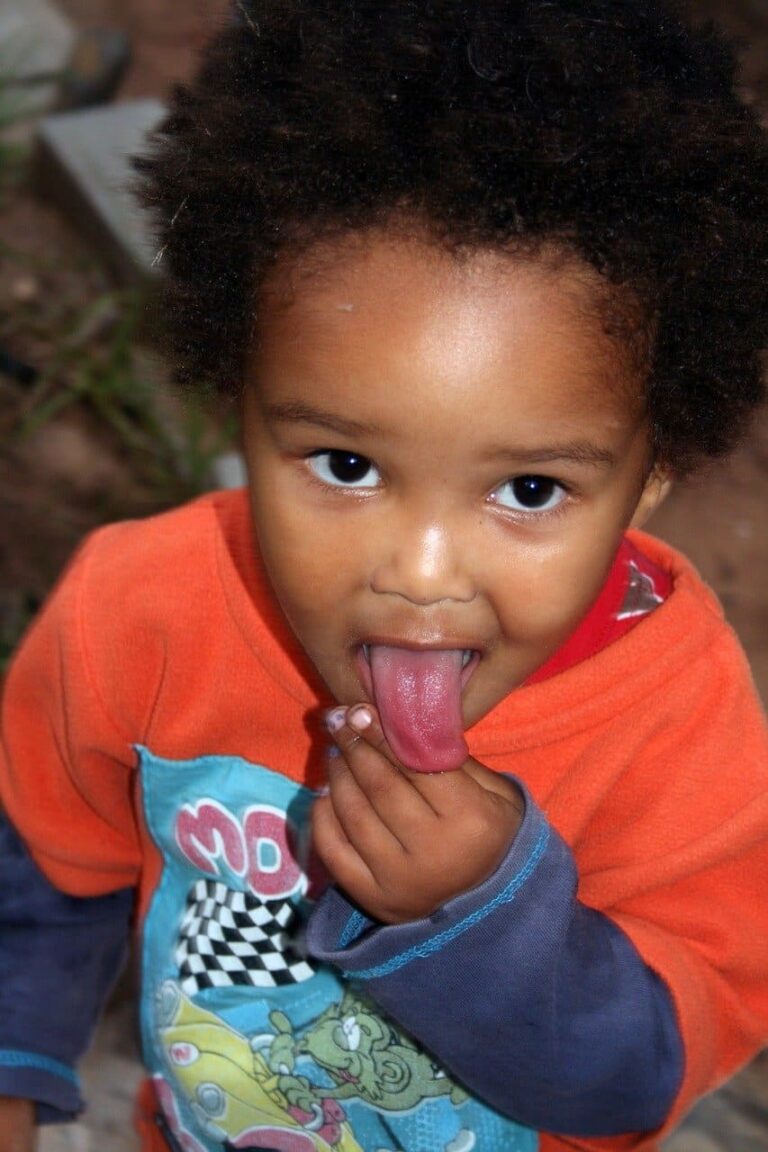How to Make Sensory Bins for 1-year-olds: Uses and Tip For Play
Most people know the five basic senses: sight, sound, smell, touch, and taste. We use these senses for everyday tasks, from smelling and tasting a big pot of stew to watching and listening to a music video. While there are more complicated senses, such as time and proximity, these five are the ones we first learn at home and school.
The development of these five senses is crucial for growing toddlers. Fortunately, you can teach these to your child in the comfort of your home. And what better way to develop their five senses than through fun and games!
What is Sensory Play?
As the name suggests, sensory play includes activities that use your toddler’s five (and more) senses. Sensory play helps mature your toddler’s abilities and strengthen their brain’s capacities.
Sensory play combines different experiences that can encourage exploration, curiosity, problem-solving, and creativity. While there are many games you and your toddler can play, for this article, we will focus on one of the most well-known sensory play activities: sensory bins.
What is a Sensory Bin?
A sensory bin is a container filled with toys and objects that promotes sensory growth and fun. You can put almost anything inside a sensory bin, whether dry, sticky, hard, big, or small. Sensory bins are also an inexpensive investment, easy to clean up, and can be repurposed again and again.
A sensory bin can vary in size and shape. You can use everyday objects and containers at home to construct a sensory bin. Besides providing endless joy to a toddler, a sensory bin is also an educational tool to help your tot build their skills and abilities.

What are the Benefits of a Sensory Bin?
Using a sensory bin helps build necessary nerve pathways in the brain to accomplish complex tasks. Sensory play advances a child’s language, motor, and cognitive skills.
A sensory bin can also be relaxing and provide a calming effect. It can help your toddler control their arousal level and assist children with trouble with hyperactivity and staying focused.
Sensory bins can also promote social skills. Your toddler can learn to share their space with siblings and friends and create connections with children their age. They can also learn how to communicate, solve problems, and adapt to new social environments.
How to Make Sensory Bins for 1-year-olds
There are many ways you can create the perfect sensory bin for your child at home. You do not have to spend money to build that ideal playing space for your child. All you need is a spark of creativity and some planning.
Experiment Between Wet and Dry Textures
A sensory bin can be made with either dry or wet objects. Some dry materials you can use include uncooked rice, beans, oatmeal, sand, soil, leaves, and cornmeal. Meanwhile, you can also use wet objects like cooked pasta, Jell-O, snow, shaving cream, oobleck, and bubbles.

You can use one or more materials to create your ideal sensory bin. You may add some food coloring to add a burst of color to your sensory bin. Another tip is to use edible toys just in case your toddler puts something into their mouth.
Use a Sturdy Plastic Container as a Bin
You will need a sturdy and sterile container to house your sensory toys. A large plastic container, tub, or bucket can do the trick. The bigger the container, the more space children can play in.
Throw in Some Plastic Toys Like Shovels, Pails, and Other Knick Knacks
Large plastic toys can add more fun to the mix. You can also put in a shovel, cups, and small buckets so your toddler can scoop things up and watch them fall.
Use a Combination of Different Colors and Textures
Toddlers enjoy seeing things in different colors and touching a variety of textures. A sensory bin might look gross, mainly if you use outdoor objects like mud and dirt. But those combinations promote learning and exploration.
Place a Blanket Underneath the Bin (Alternatively, Put the Bin Outdoors)
Playing with a sensory bin can get messy. So do not forget to put some protection on the floor or furniture if you are playing indoors. Alternatively, you can bring the bin outside so your toddler can have more space and for you to have a quicker clean-up session.
Tips for Playing with a Sensory Bin
Avoid Choking Hazards as Much as Possible
Small objects like marbles and water beads can be a choking hazard. Always supervise your toddler while they play, and avoid using toys that can get stuck in your child’s throat.
Let Your Child Explore on Their Own First (With Supervision)
While you can guide your toddler towards the sensory bin, let them play and experiment on their own first without your input. Experimentation helps jog your child’s brain. And that means letting them play on their own without your guidance.
Keep a Clean Towel Around While Playing
Playing in a sensory bin can get very messy, especially when your kid is handling sticky and wet objects. Keep a clean towel on you to wipe those gunks off your toddler. You don’t want Jell-O getting on your sofa, do you?
Encourage Sharing the Sensory Bin with Other Children
A sensory bin is more fun with friends and siblings. Encourage your toddler to let other children play with them. Sharing teaches positive emotions and social skills to your child.
Clean Up Immediately After Playtime
Once playtime is done, put everything away and help your toddler clean themselves up. If things have gotten very messy, they may need a shower or a long handwashing session. Double-check on toys to see if any food has found its way inside them.
FAQ
My toddler is choking on a toy while playing in the sensory bin. What should I do?
Stay calm and ask a family member to call 911. If you are trained in first aid, use the Heimlich maneuver on your toddler. You may read more on what to do during emergencies right here.
My toddler does not want to play in the sensory bin. How can I convince them?
Do not force your child to play if they do not seem interested. You may encourage them by showing them the bin and playing a bit yourself. Your toddler should approach the sensory bin willingly and play when they feel comfortable.
Can I reuse my sensory bin?
You can reuse some objects inside a sensory bin, such as uncooked food. But you might want to throw away cooked food and other organic materials since they can stink and go bad.










